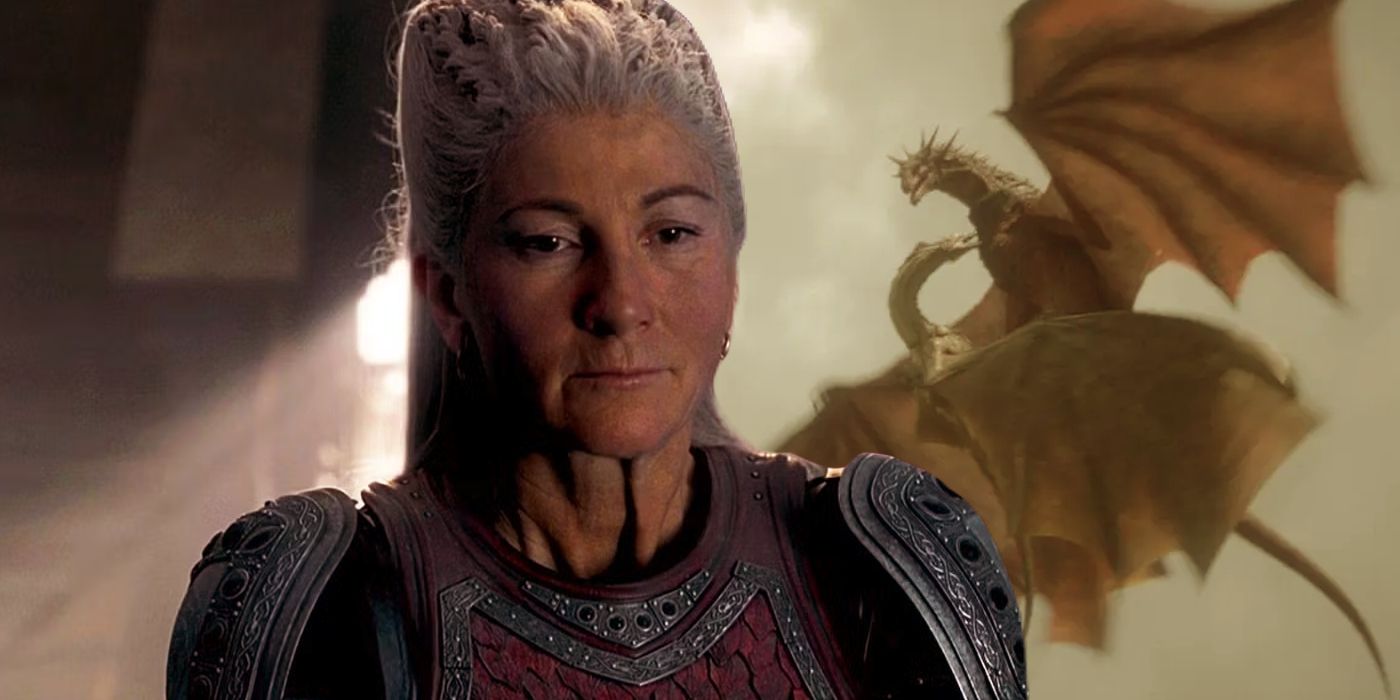
As is often the case with book-to-screen adaptations, House of the Dragon differs in several notable ways from Fire & Blood, Martin’s original novella. Certain characters are missing from the series, while others have much more prominent roles in live-action than they did in the book. Other events are altered or expanded slightly, as well. One element of House of the Dragon that differs from its source material is Rhaenys Targaryen’s storyline. A fan-favorite character whose heroics made for some of the best parts of the series so far, The Queen Who Never Was had a slightly different and somewhat more confusing story in Fire & Blood than what was portrayed in House of the Dragon.
Rhaenys Targaryen’s Claim to the Iron Throne, Explained
Rhaenys Was the Daughter of Jaehaerys’s Late Heir
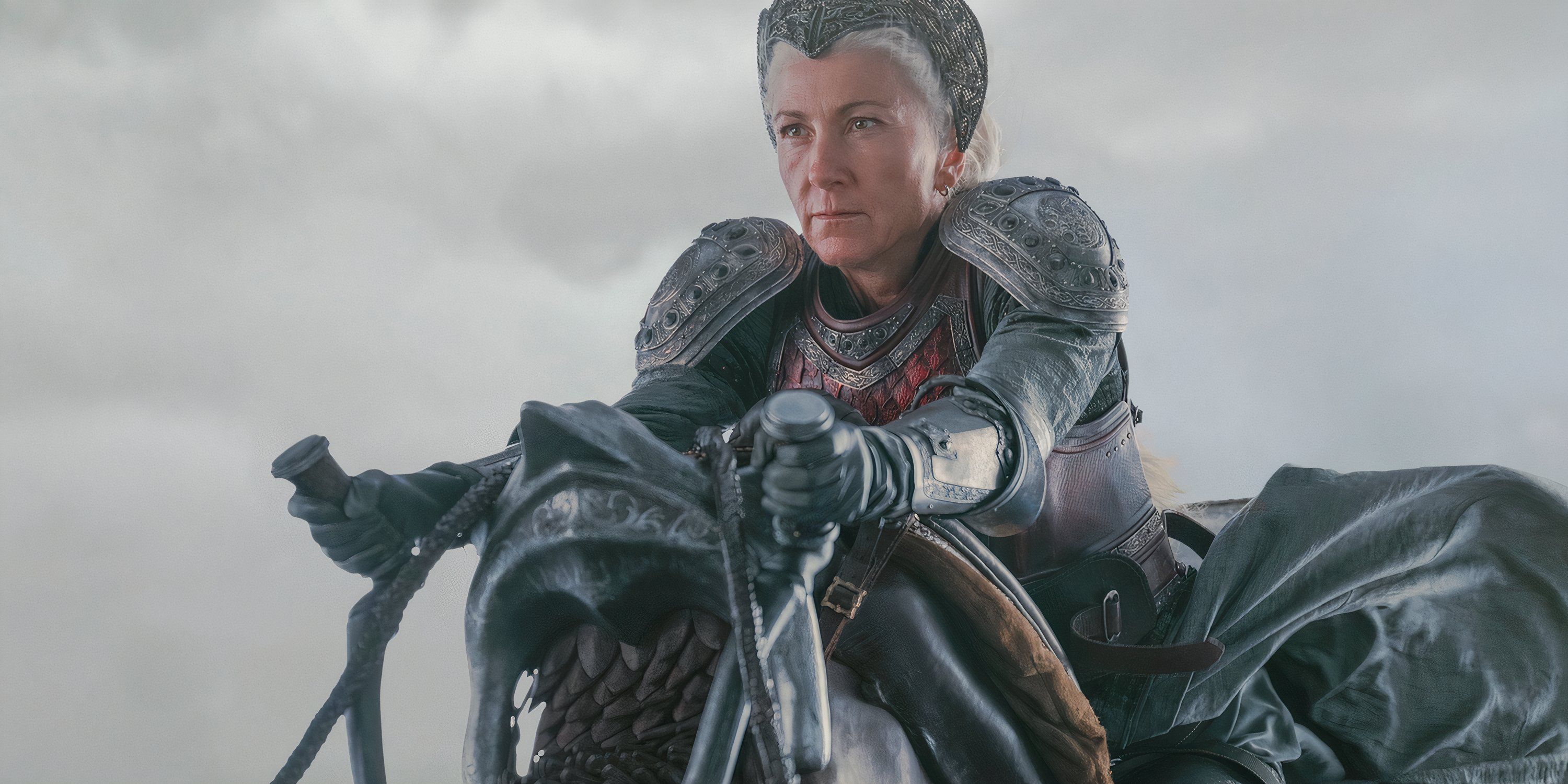
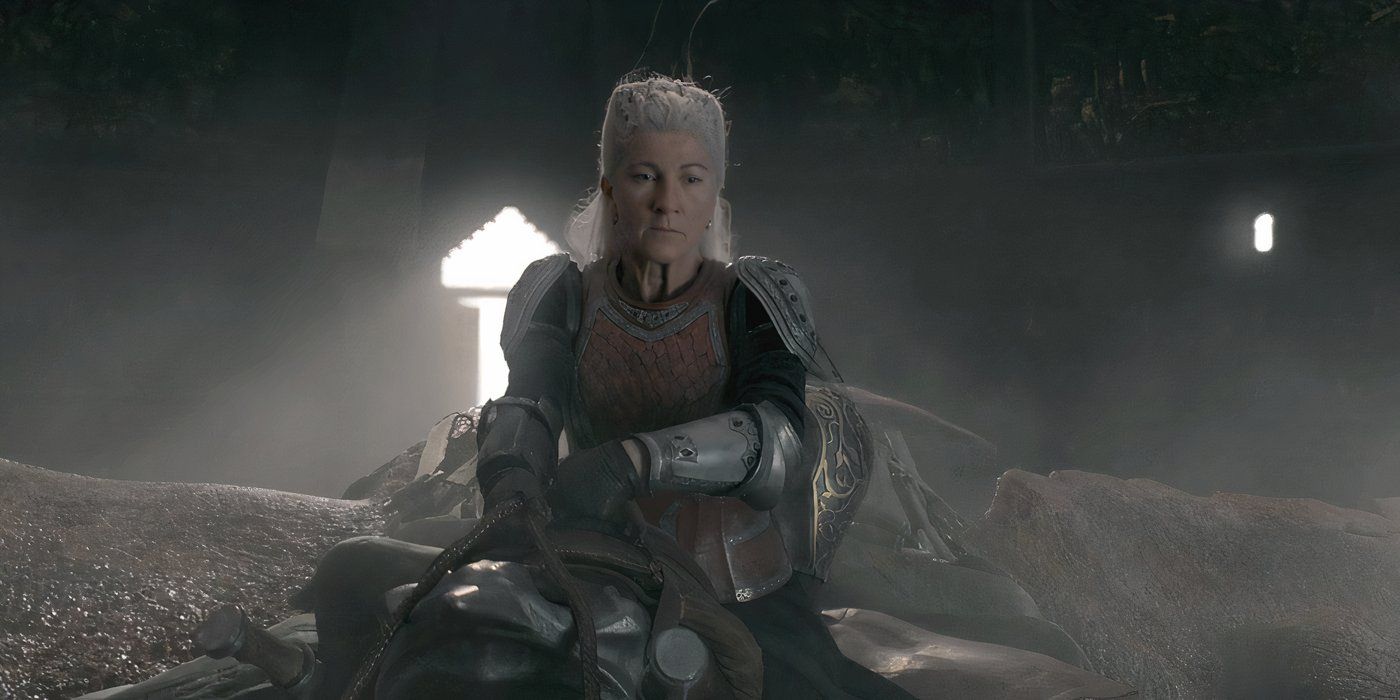
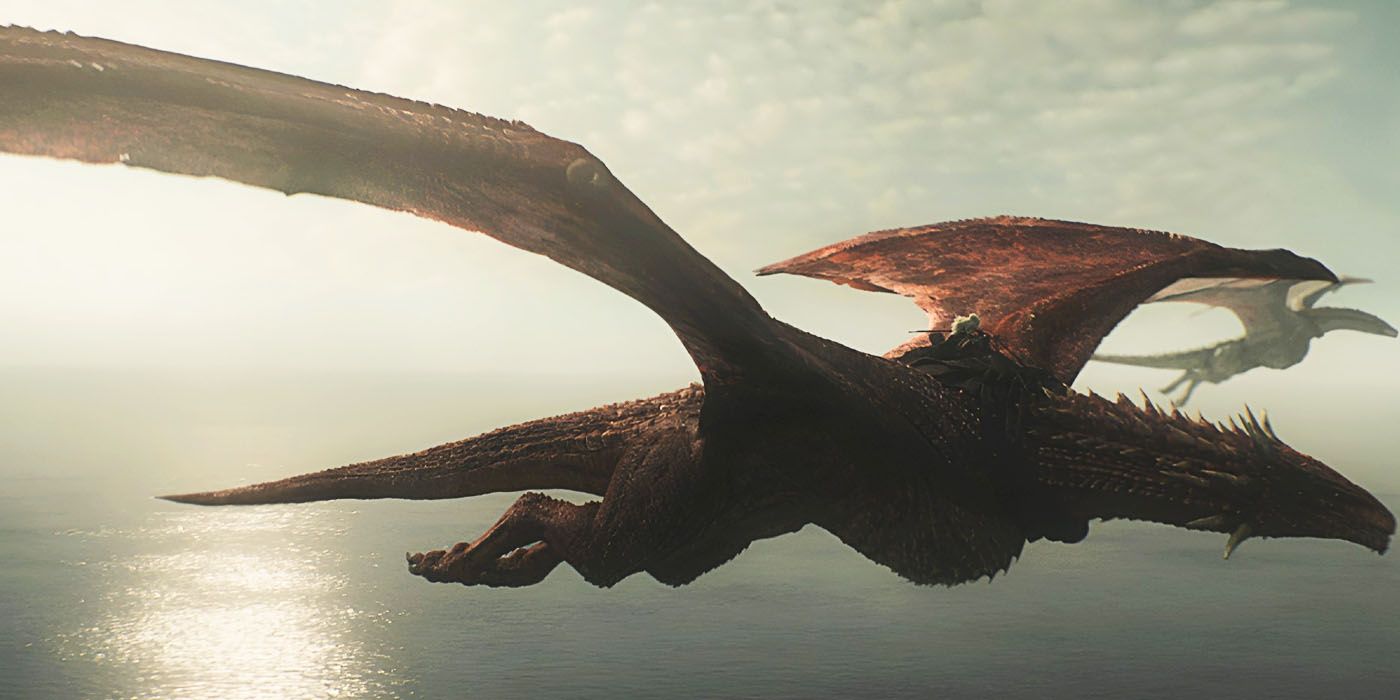
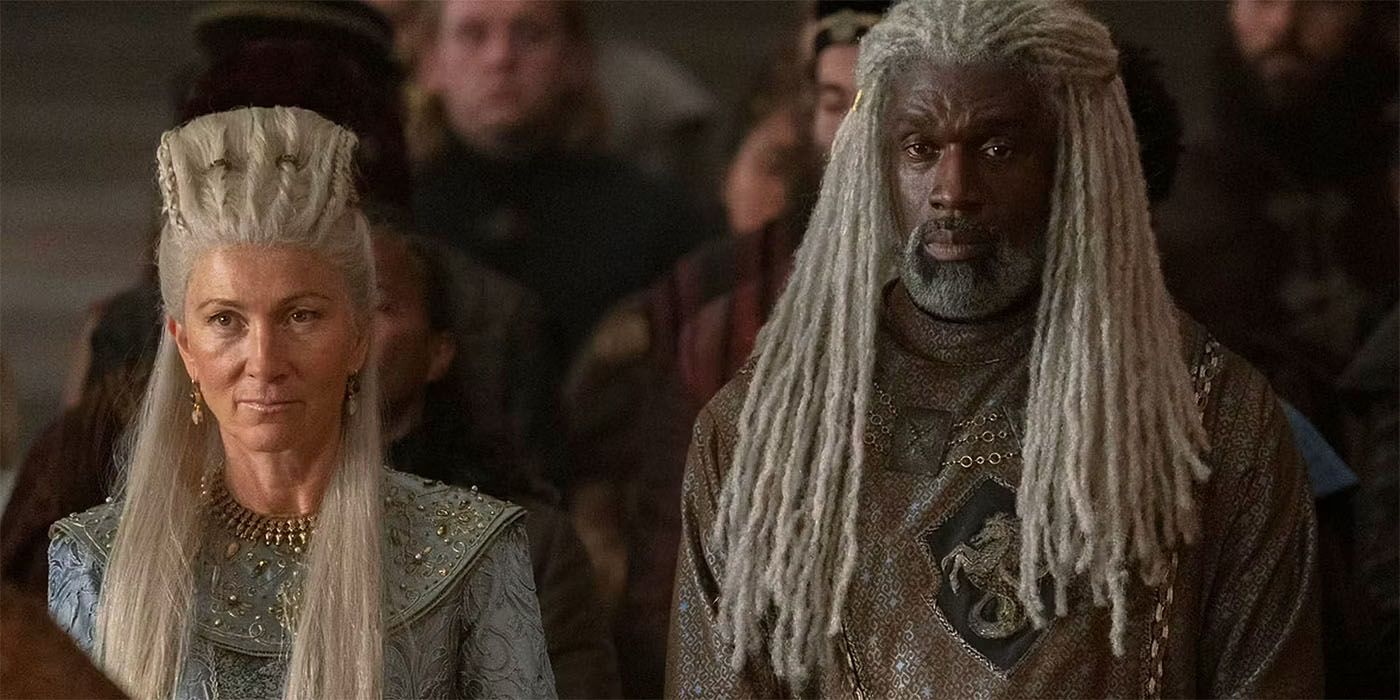




Rhaenys Targaryen was the great-great-granddaughter of King Aegon I Targaryen, the conqueror who overtook the Seven Kingdoms and established the Westeros pictured in A Song of Ice and Fire. The princess was born in 74 AC to Aemon Targaryen, the eldest living son of King Jaehaerys, and Jocelyn Baratheon. Rhaenys’s father was the rightful heir to his father’s throne and was beloved by the kingdom, portending another long and fruitful reign from what would have been the fifth Targaryen king. Rhaenys was the eldest grandchild of King Jaehaerys and Queen Alysanne. Like many other members of her family, including her namesake, Rhaenys was incredibly fond of dragons, claiming Meleys, the Red Queen, at a very young age. She would often take to the skies above King’s Landing or Dragonstone, flying her beautiful red dragon for all the smallfolk to see. She too was beloved by the kingdom and was nicknamed by some “Our Queen To Be.”
When she came of age, Rhaenys married the Lord of Driftmark, Corlys Velaryon, whose voyages were already legendary. Together, they ruled the sea and the sky, with many believing that they may also one day rule Westeros. However, there was debate about whether or not this could ever happen. In 92 AC, Rhaenys’s father, Aemon, had died tragically while fighting on the isle of Tarth. In the years that followed, King Jaehaerys the Conciliator, famed for his kind ways and benevolent nature, found himself without an heir as one after another of his children died or recused themselves through solemn vows. Many believed that, as the daughter of Jaehaerys’s original heir, Rhaenys Targaryen should take the throne, or at least that the throne should pass through her bloodline. Since no woman had ever taken the Iron Throne, many called for Rhaenys and Corlys’s second child and first son, Laenor, to succeed his great-grandfather. Uncertain of the right decision, the Old King called a Great Council to decide the matter once and for all.
What Happened at the Great Council of 101 AC?
The Book and Series Differ In Their Depiction of This Landmark Moment
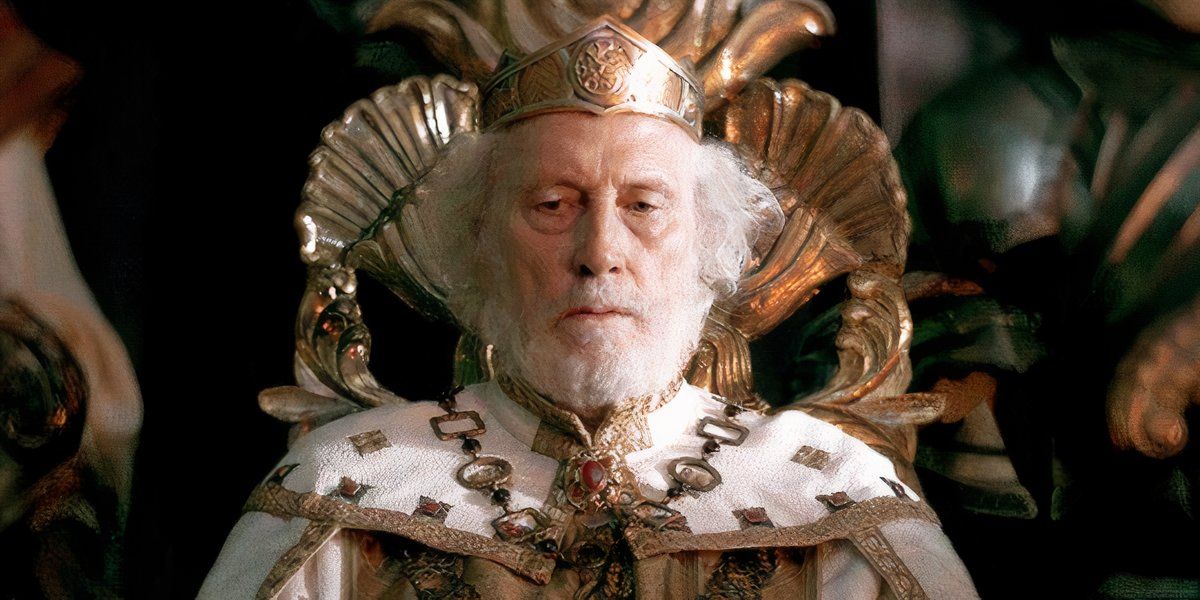
In 101 AC, King Jaehaerys called together scores of noble lords, ladies, and knights at Harrenhall to finally answer the lingering question of his succession. By this time, the Old King had reigned over Westeros for over fifty years and was nearing the end of his life. He had endured endless tragedy in his personal life, having lost ten children to various evils in the world, including war, sickness, and happenstance. His three surviving children were all ineligible to take the Iron Throne, with two sworn to the Faith and one disinherited after a falling out with her father. Jaehaerys was left to choose from grandchildren and great-grandchildren to be his heir. At the Great Council of 101 AC, he heard fourteen major claims to the throne, though his decision truly came down to two potential heirs: Viserys Targaryen, his eldest grandson, and Laenor Velaryon, the eldest male in the line of Aemon, his late heir.
In House of the Dragon, the prologue suggests that the decision of succession was between Viserys and Rhaenys. There are several potential reasons that the series may have made this change. For one, it allows Laenor to be introduced as a younger man, around the same age as Rhaenyra. Secondly, it helps build up Rhaenys’s storyline as someone who was in serious contention for the Iron Throne before being passed up for her male cousin. In Fire & Blood, however, Rhaenys was ruled out as Jaehaerys’s heir fairly early, forcing the so-called “Queen Who Never Was” to pin her hopes on her children. Like her mother, Laena Velaryon was ruled out on account of her sex, forcing the Velaryons to pin their hopes on Laenor. After carefully hearing out each claim, Jaehaerys and his Small Council made a decision that would forever affect the future of Westeros. Two years later, Jaehaerys died and Viserys Targaryen became king.
The Great Council Decision Led to the Dance of the Dragons
Jaehaerys’s Decision Created a Precedent That Led to Civil War
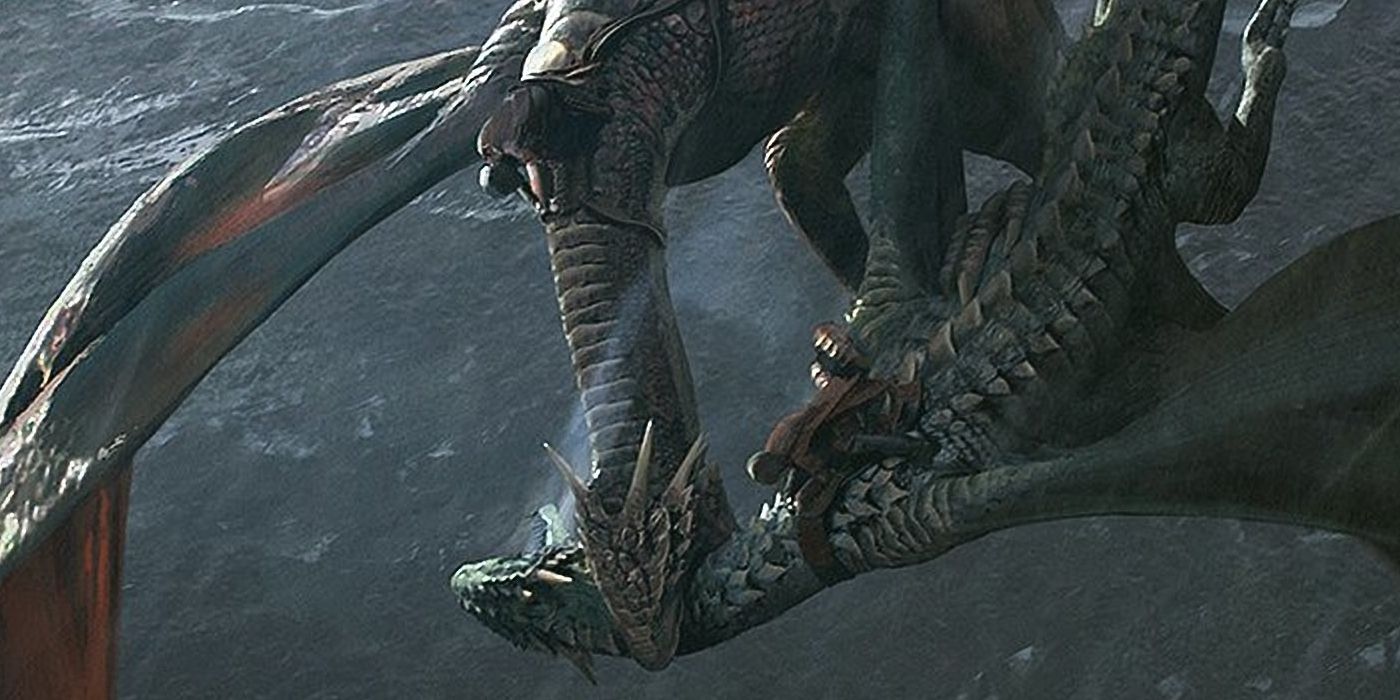
While the Long Reign of King Jaehaerys Targaryen is rightfully considered to be a “golden age” for Westeros, the Old King’s decision of succession nearly destroyed the realm, albeit long after his death. The decision of the Great Council of 101 AC, whether deliberately or not, established a precedent in the Seven Kingdoms that suggested a woman was not able to ascend the Iron Throne and should therefore be superseded by any existing male heirs. This would prove especially problematic several decades later when King Viserys, bereft of any male heirs, named his daughter Rhaenyra as his heir. From the moment he made his decision, many in the Seven Kingdoms felt that his decision would be overruled at some point. The matter became even more complicated when Viserys finally had a son through his second wife, Alicent Hightower. Many pointed to the ruling of the Great Council to suggest that Viserys’s son, Aegon, was the rightful heir, not his half-sister.
Had Rhaenys been given the crown after her grandfather, the Dance of the Dragons would have been averted. For one thing, the line of succession would never have passed down through Viserys’s bloodline and his problematic family wouldn’t have had the power to wage war against one another. Moreover, Rhaenys’s rule would have established a very different precedent in which a daughter or a son could take the Iron Throne. Instead, Rhaenys was relegated to serving in the background, eventually siding with Rhaenyra in the Dance of the Dragons. She and her dragon Meleys were eventually killed by Prince Aemond and Vhagar during the Battle of Rook’s Rest, putting an end to “The Queen Who Never Was,” who was henceforth known lovingly as “The Queen Who Ever Was.”
Rhaenys Targaryen’s storyline may have been more complex in Fire & Blood than it was in House of the Dragon but it remains one of the most poignant arcs in the Dance of the Dragons either way. Rhaenys could have ushered in a new golden age for Westeros, but the decision of the Great Council of 101 AC took history in a very different direction, eventually leading to a bloody civil war that nearly tore the nation apart and nigh destroyed House Targaryen forever.




